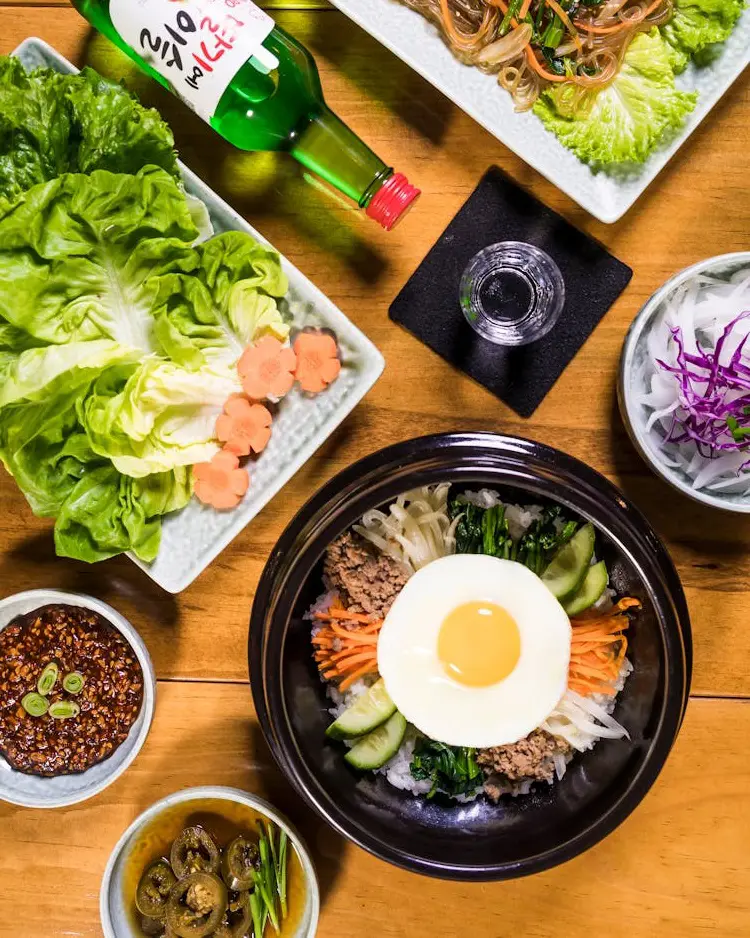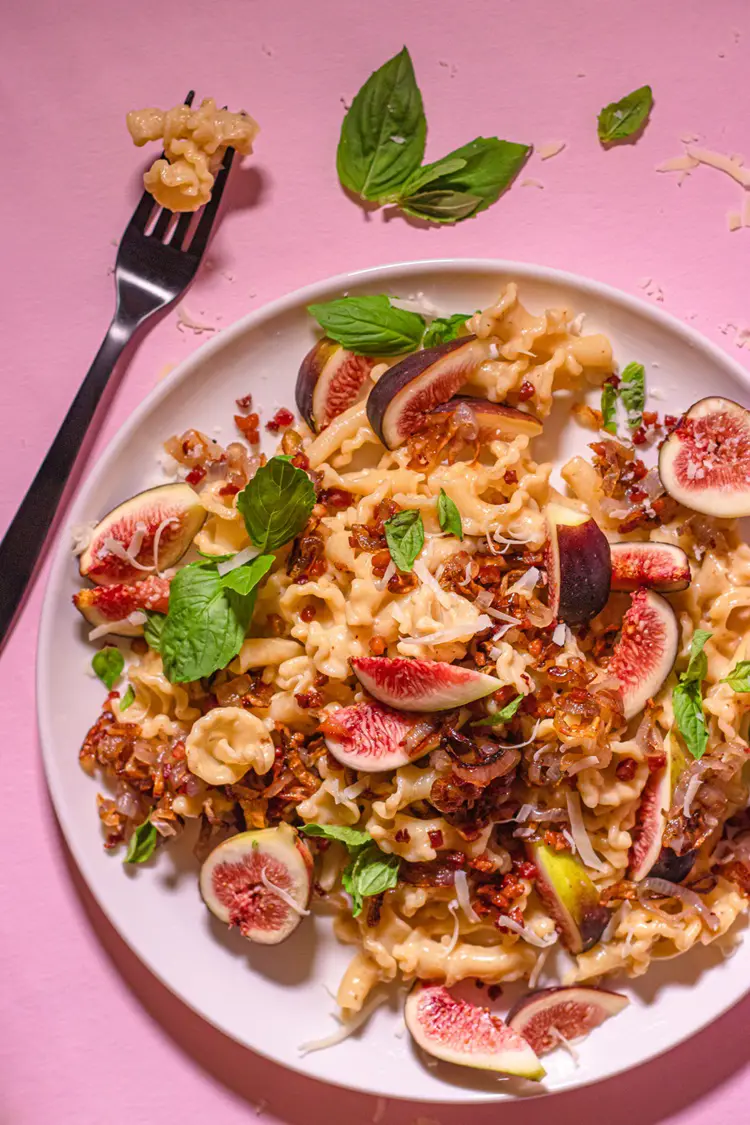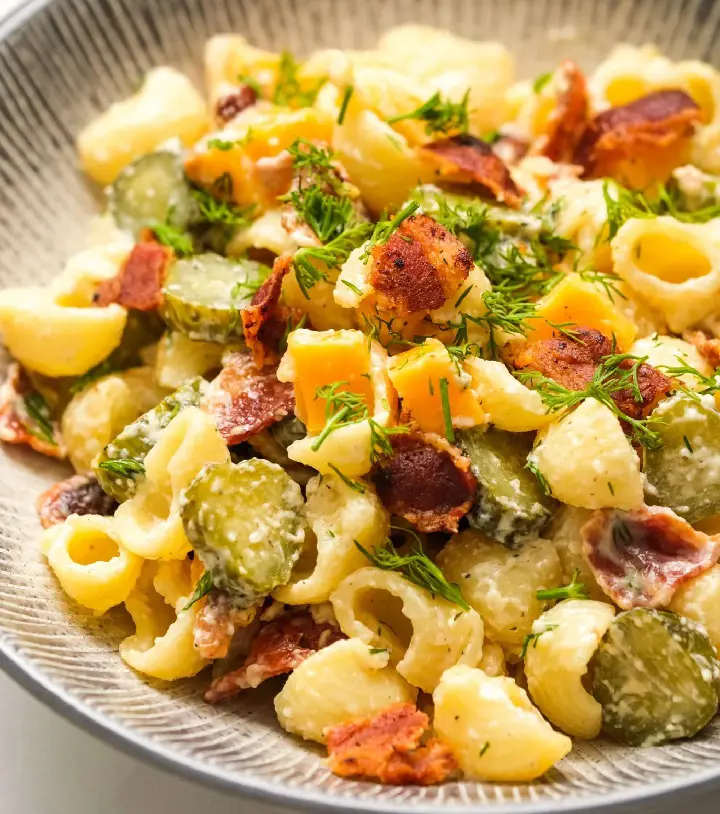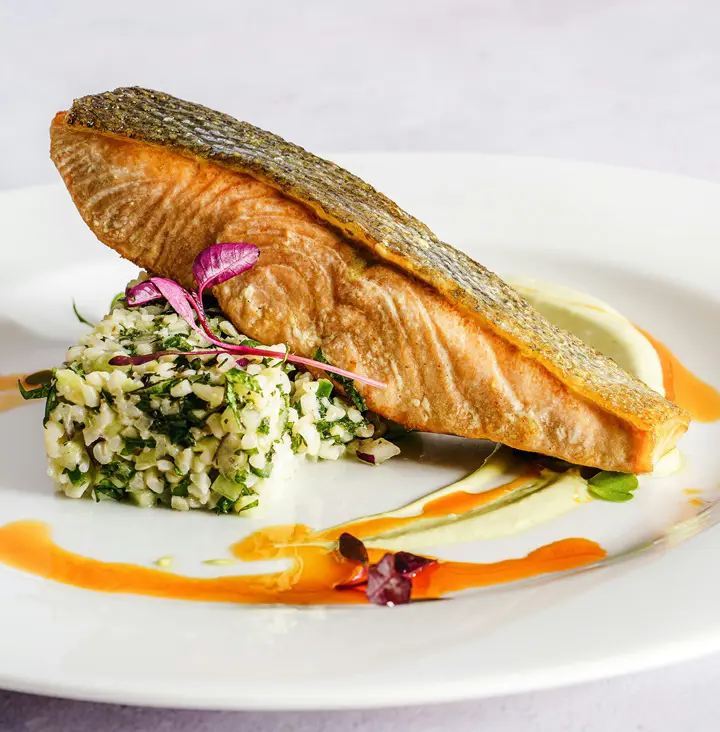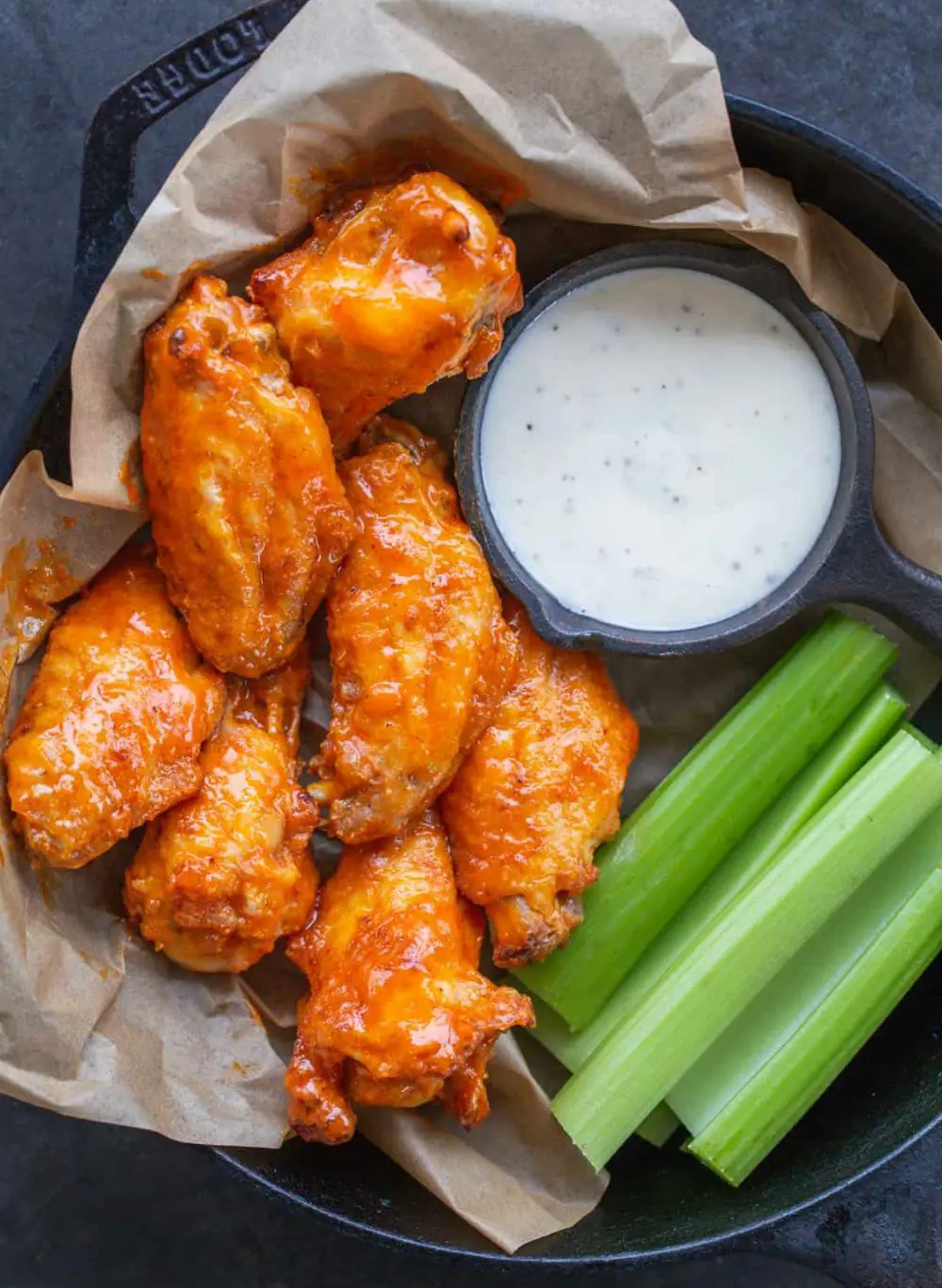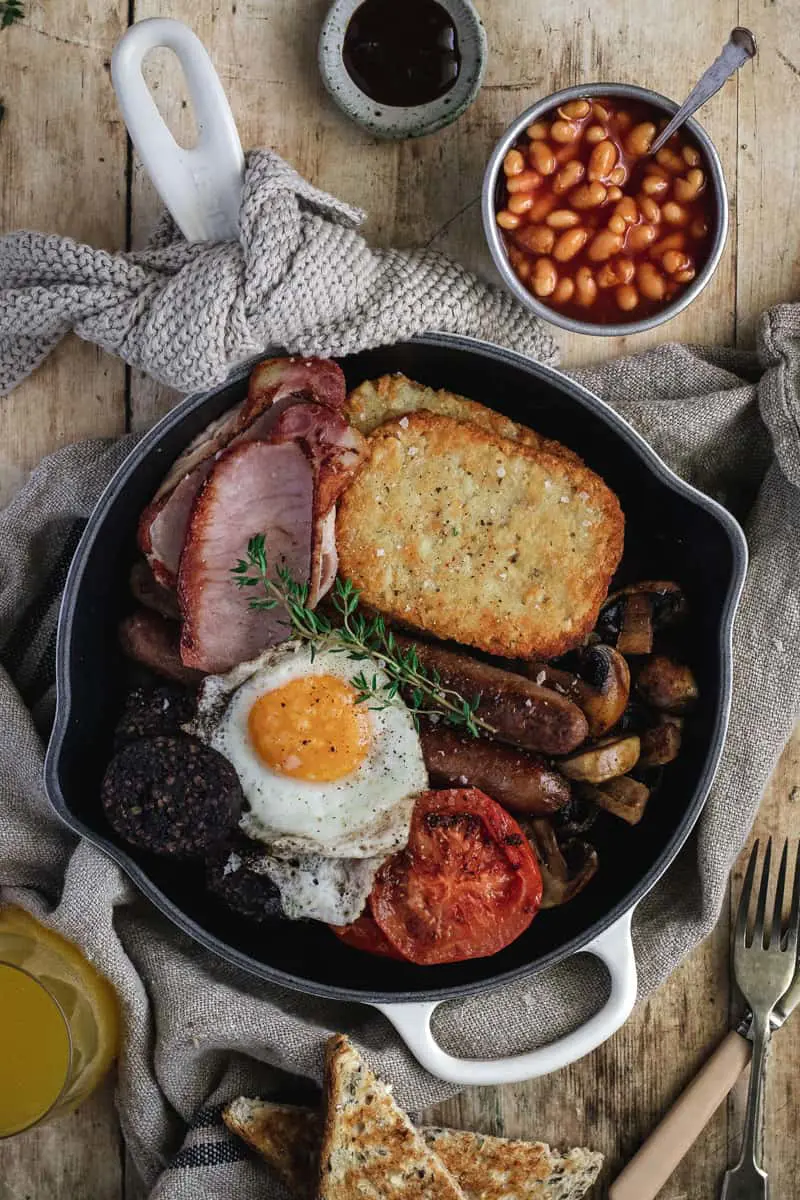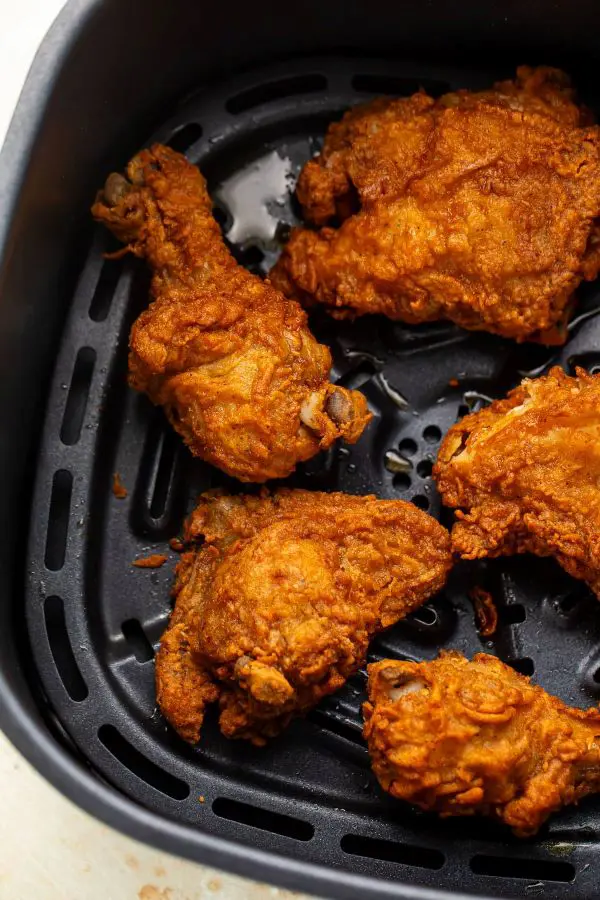The Easiest Yeast Bread Recipe
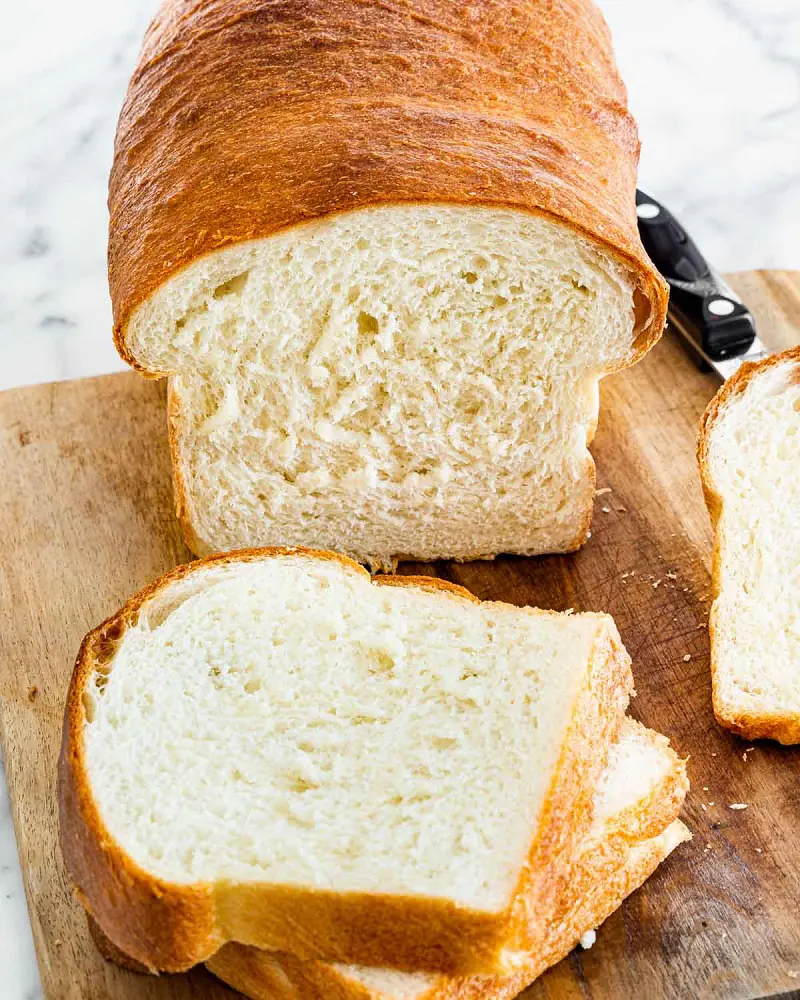
Bread, in its many forms and variations, is a universal food that transcends cultural and geographical boundaries. Its rich history, cultural significance, and versatility make it a beloved staple in diets around the world.
Even if you enjoy a simple loaf of yeast bread or incorporate it into complex recipes, bread continues to be a symbol of sustenance, community, and tradition. In this article, we will explore the right technique to get your yeast bread perfect everytime.
The Easiest Yeast Bread Recipe
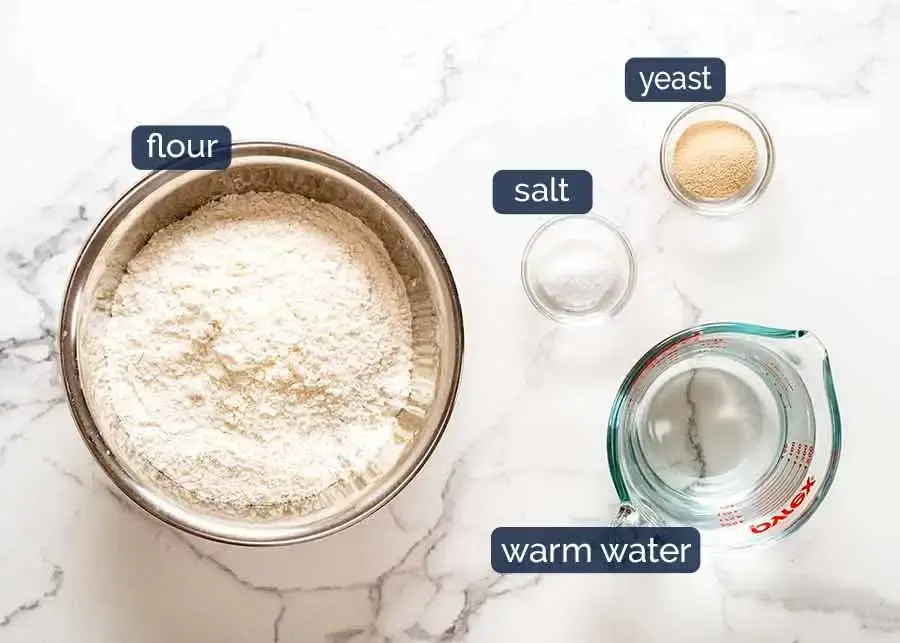
Making yeast bread at home can be a rewarding and satisfying experience. This easy yeast bread recipe is perfect for beginners and requires minimal ingredients and effort. The result is a delicious, homemade bread that can be enjoyed in various ways.
Ingredients:
- 4 cups all-purpose flour
- 2 teaspoons salt
- 1 packet (2 1/4 teaspoons) active dry yeast
- 1 1/2 cups warm water (110°F)
Instructions:
-
Activate the Yeast: In a small bowl, combine the warm water and yeast. Stir gently and let it sit for about 5-10 minutes until the mixture becomes frothy. This indicates that the yeast is active.
-
Mix the Dough: In a large mixing bowl, combine the flour and salt. Create a well in the center and pour in the yeast mixture. Stir with a wooden spoon until the dough begins to come together.
-
Knead the Dough: Transfer the dough to a lightly floured surface and knead for about 10 minutes until it becomes smooth and elastic. If the dough is too sticky, add a little more flour as needed.
-
First Rise: Place the dough in a lightly greased bowl, cover it with a clean kitchen towel, and let it rise in a warm place for about 1-2 hours or until it has doubled in size.
-
Shape the Loaf: Once the dough has risen, punch it down to release the air. Shape it into a loaf and place it in a greased loaf pan. Cover it again with the towel and let it rise for another 30-60 minutes.
-
Preheat the Oven: While the dough is rising for the second time, preheat your oven to 375°F (190°C).
-
Bake the Bread: Once the dough has risen, place the loaf pan in the preheated oven and bake for 30-35 minutes, or until the bread is golden brown and sounds hollow when tapped on the bottom.
-
Cool and Enjoy: Remove the bread from the oven and let it cool in the pan for a few minutes before transferring it to a wire rack to cool completely. Slice and enjoy your homemade bread with butter, jam, or your favorite spread.
By understanding the origins and cultural impact of bread, appreciating the diverse ways it is consumed globally, recognizing its health benefits, and exploring various bread-based recipes, we can truly appreciate this timeless food.
And with this easy yeast bread recipe, anyone can experience the joy of baking and sharing homemade bread.
Popular Bread Recipes
Bread is a versatile ingredient that can be used in a wide range of recipes, from savory to sweet. Here are some popular bread-based recipes that highlight its adaptability:
-
Garlic Bread: A favorite side dish, garlic bread is made by spreading a mixture of butter, garlic, and herbs over sliced bread and then baking it until crispy and golden. It pairs well with pasta dishes, soups, and salads.
-
Bread Pudding: A classic dessert, bread pudding is made by soaking stale bread in a mixture of milk, eggs, sugar, and spices, then baking it until set. It's a great way to use up leftover bread and create a comforting, sweet treat.
-
Sandwiches: Sandwiches are a universal favorite, with endless variations to suit any taste. From classic ham and cheese to gourmet creations with artisanal breads, meats, cheeses, and vegetables, sandwiches showcase the versatility of bread.
-
French Toast: A popular breakfast dish, French toast is made by dipping slices of bread in a mixture of eggs, milk, and cinnamon, then frying them until golden brown. It's often served with syrup, fruit, and powdered sugar.
-
Stuffing: Often served as a side dish during holiday meals, stuffing is made by mixing cubed bread with herbs, vegetables, and broth, then baking it until crispy on top. It can be customized with a variety of ingredients to suit different tastes.
-
Bruschetta: An Italian appetizer, bruschetta is made by toasting slices of bread and topping them with a mixture of tomatoes, garlic, basil, and olive oil. It's a simple yet flavorful dish that highlights the quality of fresh ingredients.
Different Ways of Eating Bread Around the World
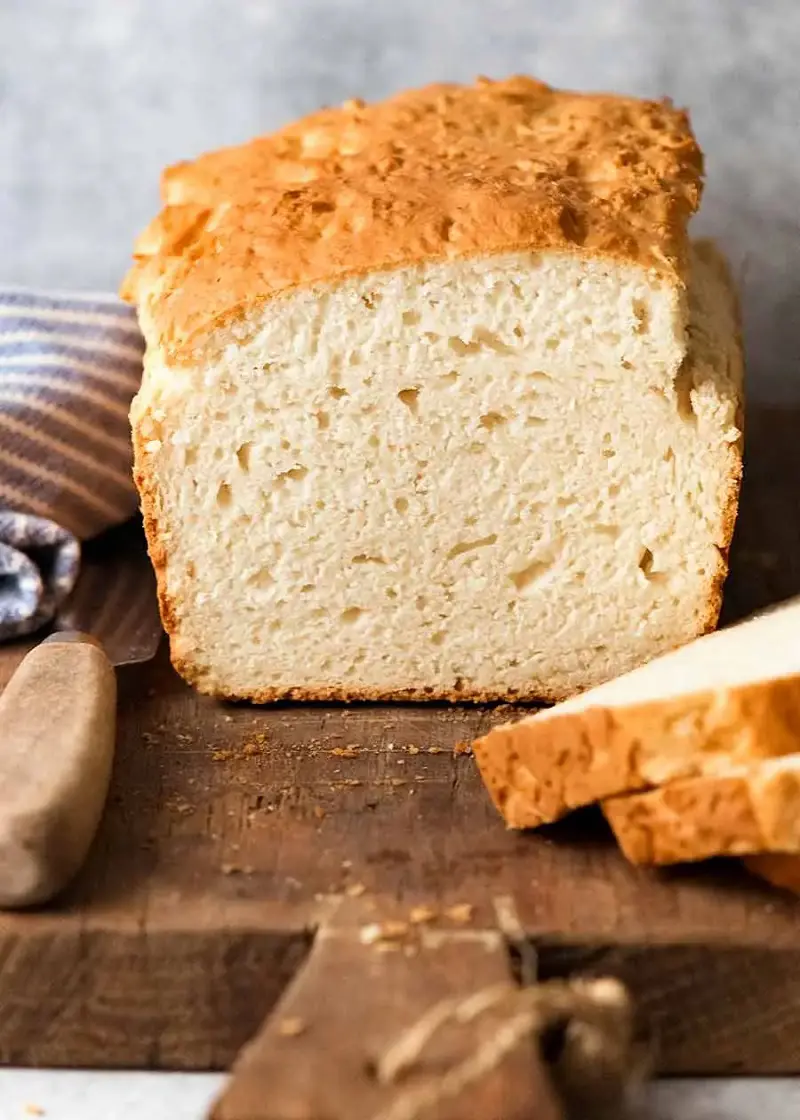
The versatility of bread is showcased in the myriad ways it is consumed around the world. Each culture has its unique approach to bread, reflecting local ingredients, traditions, and tastes.
-
France: The French have elevated bread making to an art form, with the baguette being the most iconic. Baguettes are often enjoyed with butter and jam for breakfast or used to make sandwiches for lunch. Other popular French breads include pain de campagne, a rustic country bread, and brioche, a rich, buttery bread often enjoyed as a treat.
-
Italy: Italian cuisine features a variety of breads such as ciabatta, known for its airy texture and crisp crust, and focaccia, a flatbread often topped with olive oil, herbs, and sometimes vegetables. In Italy, bread is typically served as a side dish to accompany meals, used to soak up sauces and complement main dishes.
-
Middle East: Pita bread is a staple in Middle Eastern cuisine, often used to scoop up dips like hummus and baba ganoush or to wrap around falafel and kebabs. Lavash and naan are other popular flatbreads in the region, each with its distinct texture and flavor.
-
India: India boasts a diverse range of breads, including naan, roti, and paratha. These flatbreads are often made on a griddle or tandoor oven and are used to accompany curries, dals, and other dishes. Each type of bread has regional variations, reflecting the country's rich culinary diversity.
-
Mexico: In Mexico, tortillas are a fundamental part of the diet, made from either corn or wheat. Tortillas are used in a variety of dishes such as tacos, burritos, and quesadillas, showcasing their versatility and importance in Mexican cuisine.
-
Germany: German bread culture is known for its variety and quality. Rye bread, known as Roggenbrot, and pretzels are among the most popular types. German bread often includes seeds and whole grains, reflecting a tradition of hearty, nutritious bread making.
Health Benefits of Bread
Bread, particularly when made from whole grains, offers numerous health benefits. Whole grain breads are rich in dietary fiber, which aids in digestion and helps maintain healthy cholesterol levels. They also provide essential nutrients such as B vitamins, iron, magnesium, and selenium.
-
Energy Source: Bread is an excellent source of carbohydrates, which are the body's primary energy source. Consuming bread can provide the necessary fuel for daily activities and exercise.
-
Fiber Content: Whole grain breads are high in dietary fiber, which promotes healthy digestion by adding bulk to the stool and preventing constipation. Fiber also helps regulate blood sugar levels and can reduce the risk of chronic diseases such as heart disease and type 2 diabetes.
-
Nutrient-Rich: Bread made from whole grains contains a variety of essential nutrients, including B vitamins (thiamine, riboflavin, niacin, and folate), iron, magnesium, and selenium. These nutrients play crucial roles in maintaining overall health, from energy metabolism to immune function.
-
Low in Fat: Most breads, especially those made without added fats, are relatively low in fat and can be part of a balanced diet. Opting for whole grain or multigrain varieties can further enhance the nutritional profile of bread.
Origin and History of Yeast Bread
Bread, in its many forms, is a staple food that has been part of the human diet for thousands of years. The history of bread dates back to the ancient civilizations of Mesopotamia and Egypt, where the first recorded use of yeast in breadmaking occurred around 3000 BCE.
The discovery of yeast, a microorganism that ferments sugars and produces carbon dioxide, was a game-changer in the evolution of bread. This leavening process gave rise to lighter, fluffier bread compared to the dense, unleavened flatbreads that were previously common.
In ancient Egypt, bread was not only a dietary staple but also held cultural and religious significance. The Egyptians were among the first to perfect the art of baking, using stone mills to grind grain into flour and developing early forms of ovens.
Hieroglyphics and tomb paintings depict scenes of bread making, highlighting its integral role in daily life and rituals.
As civilizations grew and trade routes expanded, the knowledge and techniques of bread-making spread across the Mediterranean, into Europe, and eventually to the rest of the world.
In medieval Europe, bread was a primary food source, and the quality of bread often reflected one's social status. The Industrial Revolution in the 19th century brought significant advancements in bread production, including the development of commercial baker's yeast, which made bread baking more consistent and accessible.
Cultural Effects of Breads
Bread has played a crucial role in the cultural and social fabric of societies worldwide. It is often associated with hospitality and sharing, symbolizing sustenance and community. In many cultures, breaking bread together is an act of fellowship and bonding.
In Christianity, bread holds deep religious symbolism, particularly in the Eucharist, where it represents the body of Christ. Similarly, in Judaism, challah bread is an essential part of the Sabbath and holiday meals, symbolizing sustenance and divine provision.
In Islam, bread is considered a blessing from Allah, and wasting it is frowned upon. Bread's cultural significance extends beyond religion. In France, the baguette is not just a type of bread but a cultural icon, representing French culinary tradition and daily life.
In Italy, bread like ciabatta and focaccia are central to the Italian way of eating, emphasizing the importance of simplicity and quality ingredients.

